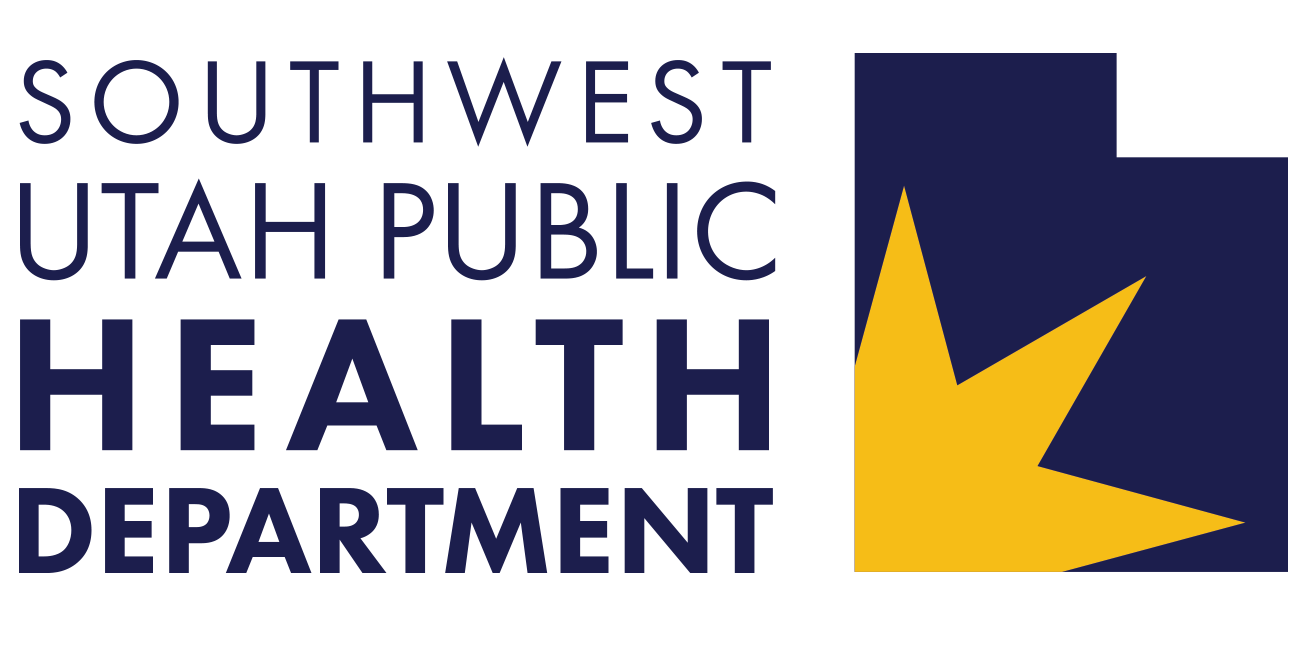COMMUNICABLE DISEASES
Epidemiologists collect and analyze data to help keep our communities healthy and to reduce the spread of communicable diseases. They work closely with healthcare providers. The process of monitoring a reportable disease begins with a patient seeking care. Once a patient is tested and receives a positive result, the healthcare provider informs the local public health department. We then contact the patient to provide education, guidance, and resources to help slow or stop the spread of the disease.
Case numbers are monitored by our epidemiologists to detect outbreaks, clusters, and trends.
Report Disease
(as a resident)
Report Disease
(as a provider)
Reportable Diseases
Utah A-Z List
Plans & Reports
epi.utah.gov
Rabies Exposure
Utah Assessment Tool
2024 | Top 10 Southwest Utah Diseases
Epidemiologists track these communicable diseases to help protect our community’s health.
#1 Covid-19: 2,671 Cases
Number of individuals who tested positive for COVID-19 in 2024.
#2 Influenza Activity: 2,645 Cases
Number of individuals who tested positive for a seasonal influenza virus in 2024.
#3 STI: 696 Cases
Number of individuals who were diagnosed with a sexually transmitted disease in 2024.
The sum includes confirmed and probable cases. Diseases in this category include Chlamydia trachomatis infection, Gonorrhea, HIV Infection, and Syphilis.
#4 Respiratory Syncytial Virus (RSV): 695 Cases
Number of individuals who tested positive for RSV in 2024.
#5 Norovirus: 311 Cases
Number of individuals who tested positive for Norovirus in 2024.
#6 Hepatitis C, chronic: 74 Cases
Number of individuals who tested positive for Hepatitis C, chronic in 2024.
#7 Latent Tuberculosis Infection (LTBI): 71 Cases
Number of individuals who were diagnosed with Latent TB Infection in 2024.
According to the CDC,” TB bacteria can live in the body without making you sick. This is called latent TB infection. In most people who breathe in TB bacteria and become infected, the body can fight the bacteria to stop them from growing.
People with latent TB infection:
- Have no symptoms
- Don’t feel sick
- Can’t spread TB bacteria to others
- Usually have a positive TB skin test reaction or positive TB blood test
- May develop TB disease if they do not receive treatment for latent TB infection
Many people who have latent TB infection never develop TB disease. In these people, the TB bacteria remain inactive for a lifetime without causing disease. But in other people, especially people who have a weak immune system, the bacteria become active, multiply, and cause TB disease.”
#8 Cocciomycosis: 66 Cases
Number of individuals who were diagnosed with Valley Fever in 2024.
The sum includes confirmed and probable cases.
#9 Campylobacteriosis: 45 Cases
Number of individuals who were diagnosed with Campylobacteriosis in 2024.
The sum includes confirmed and probable cases.
#10 Salmonella: 40 Cases
Number of individuals who were diagnosed with Salmonella in 2024.
Contact Us
(435) 865-5196
(435) 986-2566
Fax: (435) 652-4069

